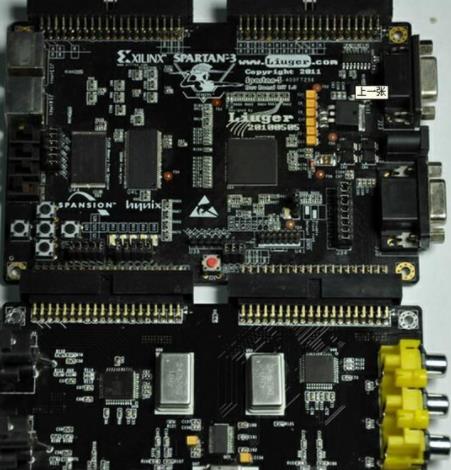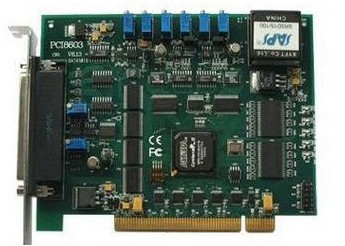
Understand the causes of SMT solder paste printing defects
In SMT PCB production, solder paste printing is the key step Because solder paste is used to directly form solder joints, the printing quality of solder paste will affect the efficiency and reliability of surface mount components High quality solder paste printing ensures high quality solder joints and final products Statistics show that 60% - 90% of welding defects are related to solder paste printing defects Therefore, it is very important to understand the causes of solder paste printing defects
Solder paste printing defects are analyzed as follows:
1 Solder paste The irregular shaped solder powder formed by the powder can easily block the steel mesh. This will result in a sharp drop after printing. Reflow soldering can also cause defects in the solder ball and short circuit bridge.
Spherical is the best, especially suitable for fine pitch QFP printing.
If the particle size is too small, it will lead to poor adhesion of the paste. Its oxygen content is high, and solder balls will be produced after reflow.
In order to meet the requirements of QFP welding with fine spacing, the fineness shall be controlled at about 25~45mm. If the required fineness is 25~30mm, the ultra-fine solder paste spacing IC less than 20mm should be used.

Flux The flux contains thixotropic agent, which makes the solder paste have pseudoplastic flow characteristics Because the viscosity of paste decreases when it passes through the template hole, the paste can be quickly applied to PCB pads When the external force stops, the viscosity will recover to ensure that no deformation occurs
The flux in the solder paste shall be controlled between 8% and 15%. Low flux content will lead to excessive use of solder paste. On the contrary, high flux content will lead to insufficient solder consumption.
2. If the template is too thick, the welding bridge will be short circuited.
If the template is too thin, it will lead to insufficient welding.
When the pore size of the template is too large, short circuit of the welding bridge may occur.
When the sample aperture is too small, insufficient solder paste will be used.
The shape of the aperture should preferably be designed using a circular template. Its size should be slightly smaller than PCB pad size to prevent bridging defects during reflow.
3 Printing parameters Blade angular velocity and pressure blade angle affect the vertical force applied on the solder paste. If the angle is too small, the solder paste will not squeeze into the template hole. The optimum blade angle should be set at approximately 45 to 60 degrees.
The higher the printing speed is, the shorter the time it takes to apply solder paste on the surface of the template hole. Higher printing speeds will result in unsuitable solder.
The speed shall be controlled at about 20~40mm/s.
When the blade pressure is too small, apply the blocking solder paste to the template cleanly.
When the blade pressure is too high, more paste will leak. The blade pressure is usually set at about 5N~15N/25mm.
4 PCB humidity control during printing If the PCB humidity is too high, the water under the solder paste will evaporate rapidly, causing solder spatter and solder balls.
If the PCB was manufactured six months ago, dry it. The recommended drying temperature is 125 ℃, lasting for 4 hours.
Solder paste storage If the solder paste is used without temperature recovery time, the water vapor in the surrounding environment will condense and penetrate the solder paste; This will cause solder spatter.
Solder pastes should be stored in a freezer at 0 to 5 degrees Celsius.
Put the paste at room temperature for 2 to 4 hours before use.
The above is the explanation given by the editor of pcb circuit board company.
If you want to know more about PCBA, you can go to our company's home page to learn about it.
In addition, our company also sells various circuit boards,
High Frequency Circuit Board and SMT chip are waiting for your presence again.






